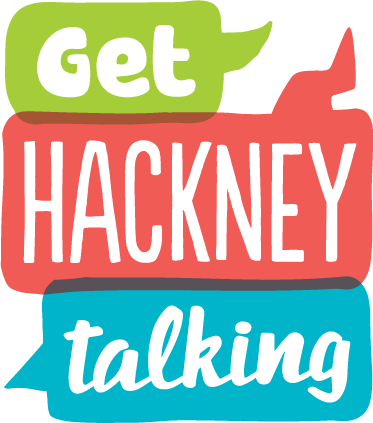Each person’s voice is individual to them in terms of quality, pitch, volume and tone. Voice is used to effect communication and reflects an individual’s emotions, mood and self-image, while listeners draw inferences about a person from the way they sound (Mathieson, 2001).
The stats show that:
- adult women are found to be at a higher risk of voice disorders than men
- Voice problems impact on the work of professional voice users, affecting their ability for employment and are related to increased time off work (Epstein et al 2009, Trades Union Council 2009).
- Teachers have been identified as a group where voice disorders occur, particularly in the early years of teaching practice (Kooijman et al 2007, Roy et al 2004, Morton & Watson 1998, Bufton 2000
This year to honour World Voice Day, Freya Brett, one of our talented Speech and Language Therapists has put together a Teacher voice care leaflet that we would like to share with all teachers to help them look after THEIR voices.

Happy World Voice Day


